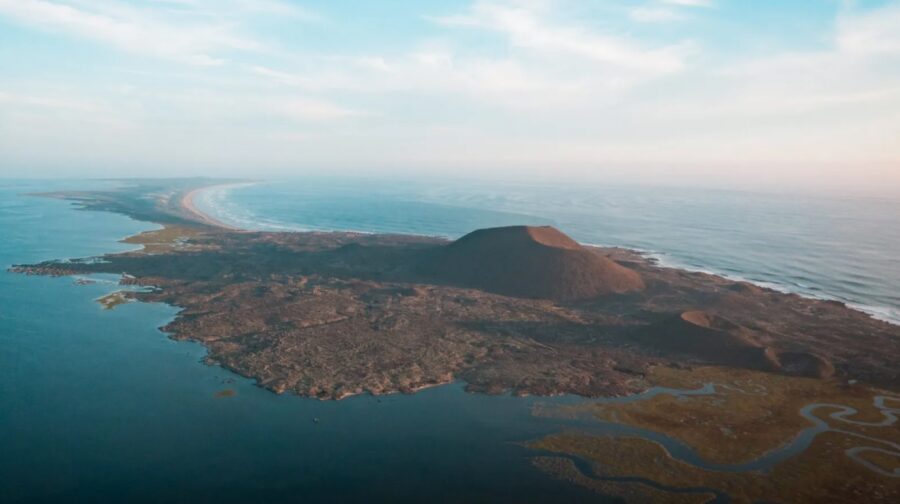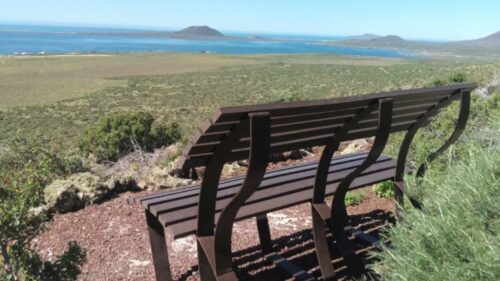For travelers seeking the wilder side of Baja California, the non-profit Terra Peninsular offers an incredible way to connect with the peninsula’s natural beauty. Since 2001, this conservation organization has been protecting some of northern Baja’s most extraordinary landscapes—coastal wetlands, volcanic craters, and desert scrublands that host a surprising abundance of wildlife. Their nature reserves around San Quintín, on the Pacific coast, are open for responsible ecotourism and provide unforgettable opportunities for hiking, birdwatching, photography, and exploration.

Punta Mazo Nature Reserve
In San Quintín, the Punta Mazo Nature Reserve is a must-visit for bird lovers. The reserve is a place of great natural and archeological value with extinct volcanoes and a landscape that serves as a home to unique species of plants and animals. Part of the San Quintín Bay wetlands, this coastal area is a key stop on the Pacific Flyway, welcoming migratory birds like brant geese, willets, and sandpipers. Visitors can hike along the shoreline, explore tidepools rich with marine life, or simply enjoy the wide-open views of the lagoon framed by volcanic cones. Punta Mazo is especially popular in winter, when thousands of brant geese gather here after their long migration.
Monte Ceniza Nature Reserve
Also in San Quintín, the Monte Ceniza Nature Reserve offers a striking volcanic landscape unlike anywhere else in Baja. Trails wind through old lava flows and sandy plains, leading to panoramic viewpoints of the bay. The wetlands around Monte Ceniza provide excellent birdwatching, while the volcanic cones create a dramatic backdrop for photographers. It’s an ideal spot for a half-day hike or a picnic surrounded by Baja’s rugged scenery.
Valle Tranquilo Nature Reserve
For a quieter, off-the-beaten-path experience, the Valle Tranquilo Nature Reserve (located just north of El Rosario) is a haven of coastal dunes, desert scrub, and chaparral. The reserve is located within the California Floristic Province, one of the 35 biodiversity hotspots in the world and the most floristically diverse areas in North America. This area supports a variety of native species, including the California gnatcatcher and the burrowing owl. Its wide-open landscapes are perfect for slow exploration and wildlife spotting, especially for those interested in Baja’s unique desert ecology.
Tips for Visiting

- Best time to visit: Fall and winter bring the largest bird migrations, though the reserves are beautiful year-round. Spring brings temperate weather and plenty of wildflowers.
- What to bring: Binoculars, a camera, sunscreen, sturdy walking shoes, and plenty of water.
- How to visit: Entrance is free and reserve hours are generally 7am-8pm daily. Terra Peninsular offers information for travelers on accessing the reserves, and local guides in San Quintín can enhance the experience with their knowledge of birds, plants, and geology.
- Stay Overnight: In the Punta Mazo Reserve, there are camping areas and cabins for rent. Reservations for both camping and cabins need to be made at least two weeks in advance on the Terra Peninsular website. The Monte Ceniza Reserve has camping sites with fire pits that are free and do not need to be reserved in advance.
- Travel responsibly: Follow “leave no trace” principles and support conservation by respecting signs and staying on marked trails.
The post Exploring Terra Peninsular’s Nature Reserves appeared first on Discover Baja Travel Club.